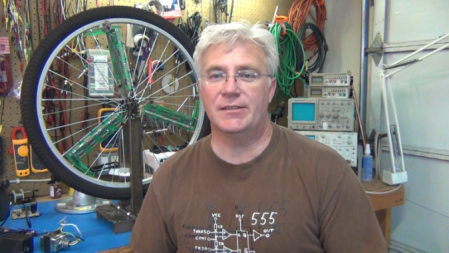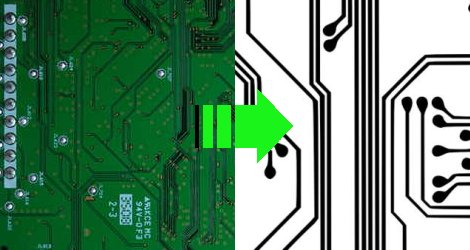
The video game industry must be one of the most secretive sectors when it comes to developing the electronic hardware used in the gaming consoles. The big guys don’t want to give anything away — to the competition or to the hackers who will try to get around their security measures. But it seems Sifteo doesn’t share those secretive values. We had a great time reading about the bumpy ride for the developers bringing the gaming system from concept to market. [Micah Elizabeth Scott] wrote the guest post for Adafruit Industries. She was brought on as an engineer for the Sifteo project just after the first version of the interactive gaming cube was released. From her narrative it seems like this was the top of the big hill on the roller coaster ride for the company.
What’s seen above is one gaming cube. The system developed in [Beth’s] story puts together multiple cubes for each game. The issue at hand when she joined the company was how to put more power in the hardware and rely less heavily on a computer to which it was tethered. She discusses cost of components versus features offered, how to deliver the games to the system, and all that the team learned from studying successful consoles that came before them like the long line of Nintendo hardware. It’s a fascinating read if you’re interesting in how the sausage is made.















